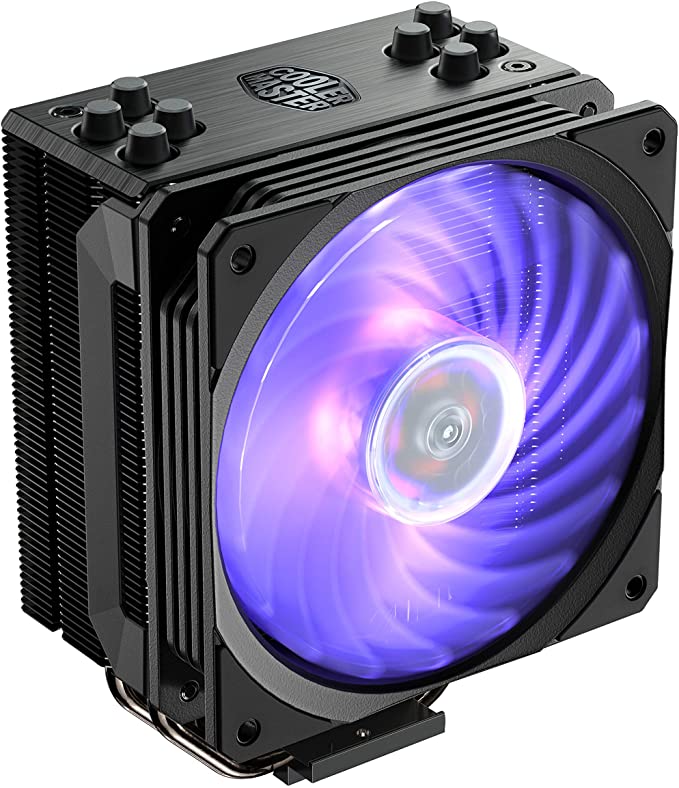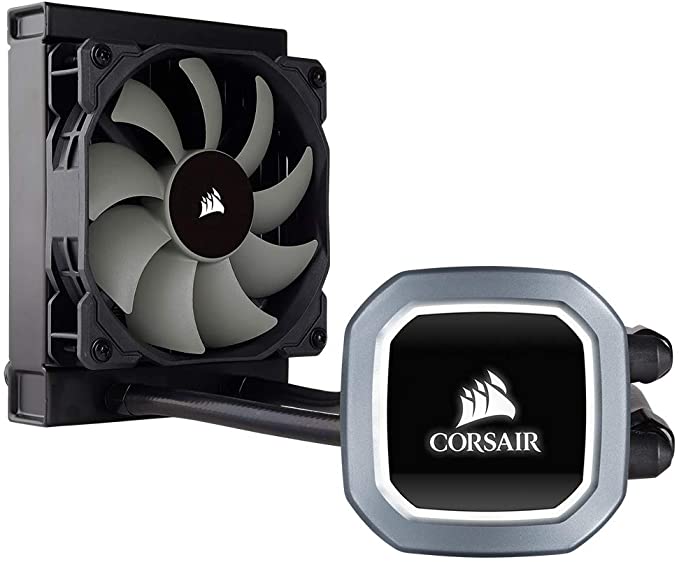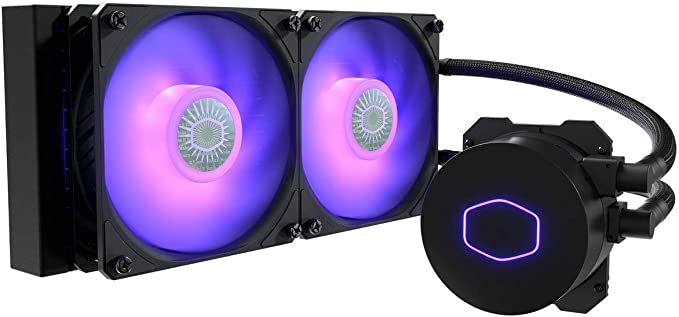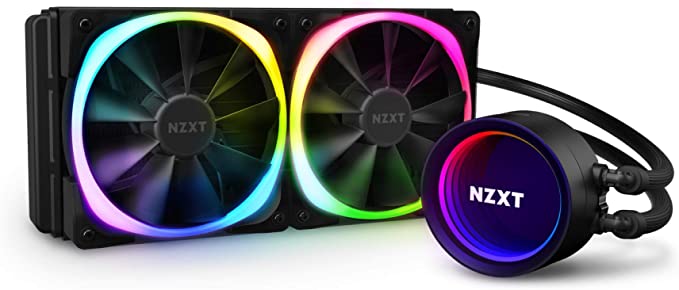What is TDP? Is it even a useful specification for your PC?
TDP, or thermal design power, is a term that is often thrown around by chip manufacturers as metric of performance efficiency over a perceived sustained energy dissipation value. Theoretically, this is absolutely correct. When considering chip designs, there is a considerable relation between power and performance. The higher the TDP, the more energy is required to be dissipated at a long time to keep its rated performance up to spec.
However, many people would instantly realize, even as they look just a bit further into the metric, that the spec itself is completely out of whack. It does not seem to represent the numbers that it really needs to show.
So what really is TDP? How in the world can you guarantee the values advertised by these manufacturers?
Both Thermal AND Electrical
TDP is measured officially in watts. As such, there is often a misconception that TDP is electrically-related, and is the baseline power value required for a specific PC component. One thing that should be clarified right at the very beginning, is that Watts is not just a measurement of electrical energy over time. By definition, heat is also energy, and as such, Watts is also a measurement of heat energy over time.
Rephrasing the commonly known definition, TDP is therefore, the standard theoretical temperature dissipation over time required for a PC component to work as it is designed for. Depending on the manufacturer that defined it, the TDP could either be a standard/average value, or a minimum value. Also, the higher the TDP, the wider the gap between its regular performance specification and the temperature value before it starts to work less optimally (before it thermally throttles down).
For a very rough example, Intel gives the Core i7-8700 a TDP of 65 watts. As per Intel’s definition of TDP for higher-end CPUs, this is considered more as a minimum-ish spec. Therefore, if the cooling solution can dissipate 65 watts efficiently, its frequency will float at some middle ground above its minimum 3.2 Ghz spec. Keep in mind, these are not real-world values, but are simply theoretical calculations based on the numbers arbitrarily given by the component’s original manufacturer.

Search CPU Air Cooler on Amazon
Still Related Indirectly to Electric Power Draw
Okay, so we have established TDP as mainly a heat energy thing rather than an electrical energy thing. But, in principle, because we are dealing with electrical components, it is actually natural to conclude that the hotter the chip is, the more power it presumably uses. Again, as a spec itself TDP is NOT an electric power measurement, but you can assume averages that would more or less correspond to similar levels of energy per time for a specific component.
Let’s go back to the Core i7-8700 example earlier. The 65-watt TDP could also be treated directly as an electric energy per time value to estimate a lower-end performance level (“minimum-ish spec”) somewhere between its lowest of 3.2 Ghz, to its highest of 4.3 Ghz (all-core turbo) or 4.6 Ghz (single-core turbo) frequency.
This, of course, does not apply to all CPUs, especially at the extreme higher or entry-level chips. The Core i3-9100F, for instance, already maxes out at 50 watts (full 4.0/4.2 Ghz turbo) in terms of direct power draw, even though it also has a 65-watt heat TDP. But, it is a good enough measure of minimum (“safe”) performance for evaluation purposes.
In fact, equating TDP as high-temperature = high-power-draw, is typically better used when estimating the standard operation of some non-overclocked GPUs. For example, the Nvidia Geforce GTX 1660 Super has a rated TDP of 125 (thermal) watts. Indeed, during standard use, when all other factors are balanced out, it actually also averages to about 110-140 total (electrical) watts with the same operational load.
- There is irony in having to purchase the cooler first before testing a chip’s true TDP.

Search AIO Liquid CPU Cooler 120mm on Amazon
The Arbitrary Case for TDP
So from a theoretical perspective, TDP is fairly predicatable metric concept. Unforunately, as hinted by the intro, there is just one thing that plagued its practical use for the entirety of the definition’s existence. That is, TDP is a completely inconsistent specification.
AMD defines TDP with the following equation, according to Gamers Nexus:
TDP = t(case°C) – t(ambient°C)/(HSF delta θca)
The equation is worded more simply as: TDP is the maximum recommended CPU temperature, minus the optimal temperature of the heatsink fan inlet, divided by the maximum recommended thermal resistance.
Looks simple right? Just throw some measured values and you can accurately get the TDP needed. However, a quick look at the rated TDP for any recent AMD CPU of similar tiers would immediately tell you that the values for any of these variables is utterly arbitrary.
For example, the Ryzen 9 3950X and Ryzen 7 3800X are both rated at 105-watt default TDP, even though cooling requirements for both CPUs are obviously vastly different. In fact, all basic TDP gets thrown out of the window once boost/overclocked frequencies are taken into consideration. Your personal rated overlock setting for the particular silicon you are using will have vastly different minimum cooling solutions than another owner’s personal setting.

Search AIO Liquid CPU Cooler 240mm on Amazon
To make matters worse, AMD and Intel also have different standards and calculation requirements when it comes to TDP. So the 65-watt TDP of the Ryzen 3 3300X will not be exactly the same as the 65-watt TDP of an Intel Core i3-10100F. If you happen to have a low-performance cooler that trudges the fine line along both CPUs stock boost frequencies, you’re most likely to see thermal throttling (or far worse upper temperature differences) on either one of them.
Oh, and if you’re curious, yes. Even the CPU cooler manufacturers themselves have their exclusive definition and calculation for TDP. In fact, some have abandoned it altogether, such as DeepCool and Cooler Master, while others like Arctic simply try to match the numbers, “referencing” the CPUs that their coolers are advertised to cool.
In summary, TDPs inconsistency can come from many factors. But, it usually boils down to the following performance-related metrics:
- Arbitrary variable values, basically just mix n’ match until the number fits
- Different measurement standards by chip and cooler manufacturers
- Maximum values were never the priority for base spec sheets
- Measuring TDP requires ther cooler itself first! (catch-22)
- Power settings and limitations affecting heat output are highly variable
- Boost and overclocking fluctuations are similarly variable as well
- Chip architecture changes can cause vast interpretation differences of similar TDP values

Search AIO Liquid CPU Cooler 240mm on Amazon
Should We Even Consider TDP?
Short answer: no. Long answer: depends on the specific information that you actually need. If you are searching for the absolute value that is need to efficiently cool your CPU at the level of performance you want it to, then TDP is arbitrary and useless. However, if you are simply using TDP as a form of minimum, baseline requirement, then referencing general chip categories can at least provide a basic outline.
A better, more reliable method of finding the best cooling solution for your CPU or GPU, is to just search online for reviews of a particular cooling product/system that you are interested in. Often these information will directly provide optimal CPU usage comparisons, which you can then use as an easy reference to the equivalent CPUs (or scaled-up/down CPUs) that could take its place.
Or if you have the funds, just go all out and spend a good (but still not excessive) amount for a well-rated cooler from the brand that you care for and trust.











